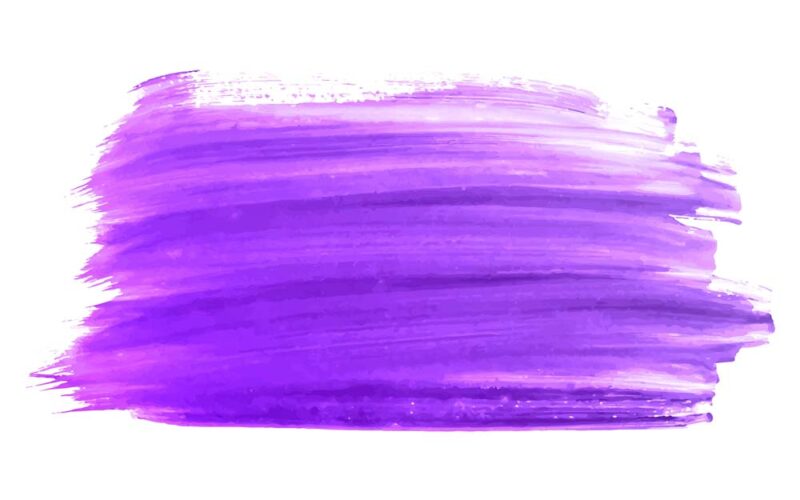Purple, a unique color
Throughout history, there have been many colors that were thought to be sacred. Red was thought to be the color of the kings, and white represented sunlight. However, of all those colors, purple has been the most royal color and represented the emperor in all cultures from Rome to China. The reason why purple was thought to be the imperial color is because of the rarity of materials and the amount of effort needed to make the color purple. Emperors of Rome wore purple robes, and purple-dyed fabrics cost their weight in gold or more.
Purple in Rome
Purple was the representation of wealth, power and the emperor in Rome. Only the elites wore purple robes in ceremonies. Actually, it was nearly impossible to wear a purple robe for commoners due to economic reasons. The only purple that was available for the Romans was the Tyrian purple that was only produced in Tyre, a city in nowadays Lebanon, and it is extracted from the hypobranchial gland of sea snails called Hexaplex trunculus, and according to Pliny the Elder, a Roman naturalist, it was only harvested in a certain season of the year (Plinius, 79). The method of making purple dye was to shatter sea snails and blend them well. After that, fermentation of the blended mixture took place for about ten days, and boiling the mixture was the final process. Also, 9000 snails were needed to make one gram of the dye which led to the near-extinction of the snail and inflation of the price of the dye. Due to what purple represented, such as power and prosperity, the Byzantine Empire also valued purple over any other color and kept the entire process of production of the dye in secret. Due to that, the specific methods and recipe of ingredients needed to produce Tyrian purple were lost during the fall of the Byzantine Empire and remains a mystery until nowadays.
Purple in Asia
The Ancient Chinese and Koreans thought purple had a mysterious power, and it represented the emperor. The name of the Forbidden City, the palace of the emperor of China, included the color purple. The bone-rank system, an aristocratic rank used in the ancient Korean kingdom, limited the usage of purple to only the highest officials of the government and the royal family. According to a Chinese ambassador of the Song dynasty, Korean government officials showed their respect towards the emperor’s ambassador by wearing purple-colored clothes. Fortunately, the ancient Chinese found a method to make purple dye by extracting them from gromwell, a common plant often used as a medicine in local pharmacies, instead of shattering and grinding thousands of predatory sea snails that can only be harvested in certain times of the year and boiling the well-blended fermented mixture of them. However, the method using the plant still was complicated, and it was immediately replaced by a modern method introduced in the 18th century.
Conclusion
Purple has been a color of the emperor and the elites since it was extremely rare and difficult to make. Fortunately, purple is a common color nowadays, and purple-dyed cloth is always available in local clothing stores at affordable prices, thanks to mauve made by William Perkin, who discovered mauve accidentally while trying to synthesize quinine, which was used to treat malaria. However, the rarity of material and difficulty of the method might have changed significantly. Nevertheless, the image of the color purple has not changed over time and still remains as an imperial, noble color.
Reference
Pliny, The Elder (2012). Natural history. London: Folio Society.
